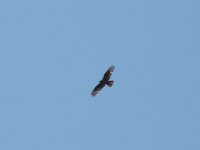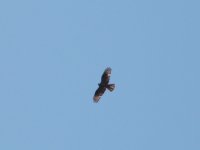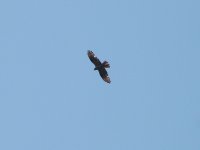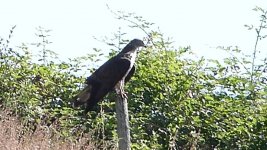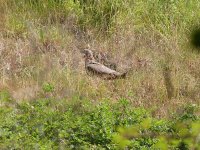Continuing with my summer studies ~
nos. 1,2,3 (seen mid-afternoon, 10 August) : is this a female?
no. 4 (identified by Tom, 26 July) : would you call this a dark male?
no. 5 (a male, 3 July 2015) : is this the lighter (more usual?) colouring for a male?
nos. 1,2,3 (seen mid-afternoon, 10 August) : is this a female?
no. 4 (identified by Tom, 26 July) : would you call this a dark male?
no. 5 (a male, 3 July 2015) : is this the lighter (more usual?) colouring for a male?




